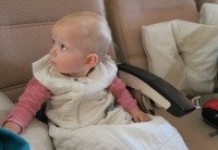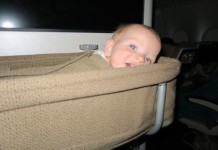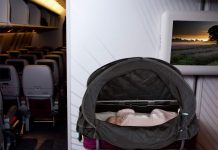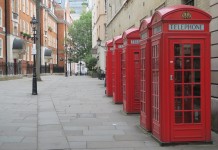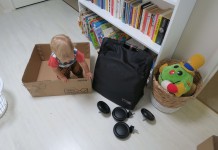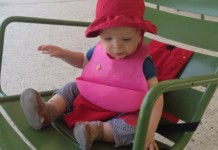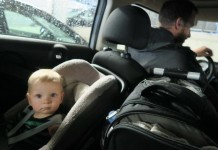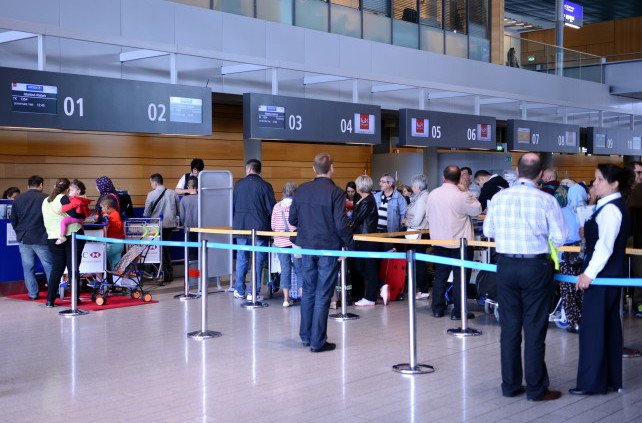Flying with babies can feel daunting when you first think about it. Rest assured: the reality is usually far better than what you imagined!
Short haul flights are a great place to ‘practice’ flying with babies.
If you are planning on travelling regularly with your child, a short haul flight is a great way to “practice”. You don’t just get the experience of being on a flight, but you’ll learn your way around the realities of checking-in, getting luggage around and getting to and from an airport with a baby (all things that used to be far simpler pre-children). While the formal definition of a short haul flight is a bit fuzzy, for our purposes we consider a short haul flight anything under three hours. Anything longer than that and there are a few additional things to consider, so see our post on flying long haul.
A few key things to remember when flying with babies:
Checking in:
Typically, you can’t check in online. You may be able to ‘semi’ check in, but you usually won’t be issued a boarding pass or allocated exact seats without going to the check in counter. So turn up early.
Most airlines will allow you to check through 3 baby items free of charge: a pram, a car seat and a travel cot. We like to put our pram in a cover, but parents are divided on whether this is worthwhile: it probably depends how expensive your pram is. Remember, when some of these items are checked through – particularly prams – they’ll end up at the ‘fragile luggage/bulky items’ pickup, not the regular carousel. You’re also usually able to take an extra bag onboard with baby items in it. (See our packing post for specific tips on smart packing.)
Getting around the airport:
Only a few airlines will let you take a full sized pram right up to the gate and check it in there. (They WILL all let you do this with a small, light umbrella stroller, like the YoYo Zen, which we recommend). If you’re travelling an airline with this policy, be prepared to simply use a carrier during the airport, or borrow the airline’s umbrella strollers from check in to the gate (most have these, but they are very ‘upright’, so you won’t get a baby to lie down in it to sleep). We have a whole post on the prams and baby travel here, if you’re unsure which one to take – if any.
A carrier like an Ergo is supremely useful in an airport. It leaves you hands free and makes it easy to move around while carrying all your hand luggage. Remember, you’ll have to take the baby out of this when you go through security, so time that experience for when the baby is awake.
In flight:
In flight, you’ll need to use an infant seatbelt on take off, landing and when the seatbelt sign is on. This clips around your own seatbelt and is easy to use; the staff will show you how to use it.
Don’t forget comfort for baby’s ears! Here’s how to stop a baby’s ears from hurting during take off and landing.
If you’re on a flight long enough to need to feed them solid food, our post on feeding babies on planes will help.
You’ll also want to consider whether an aisle or a window is best. We’ve weighed that one up here.

